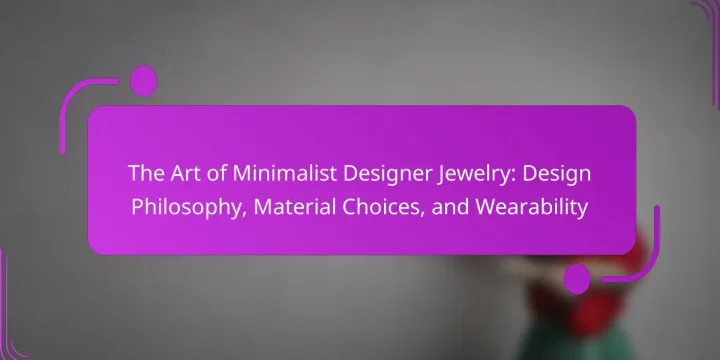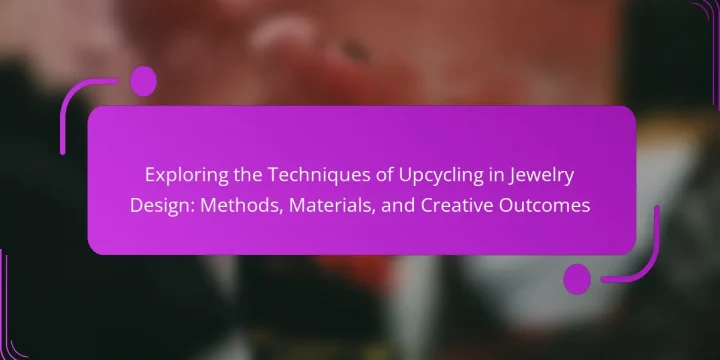
Metal alloys, which are combinations of two or more metals, significantly influence the appearance and functionality of designer jewelry. These alloys, such as gold and silver variations, enhance aesthetic qualities like color and shine while improving durability and wearability. The choice of alloy impacts the jewelry's design, weight, and comfort, allowing for intricate creations that cater to diverse consumer preferences. Current trends in designer jewelry emphasize sustainability, with a growing focus on eco-friendly materials and innovative alloy combinations, reflecting a shift towards ethical sourcing and customization in the industry. What are Metal Alloys and Their Role in Designer Jewelry? Metal alloys are combinations of two or more metals, engineered to enhance specific properties. In designer jewelry, metal alloys play a crucial role in achieving desired aesthetics and durability. For example,…








